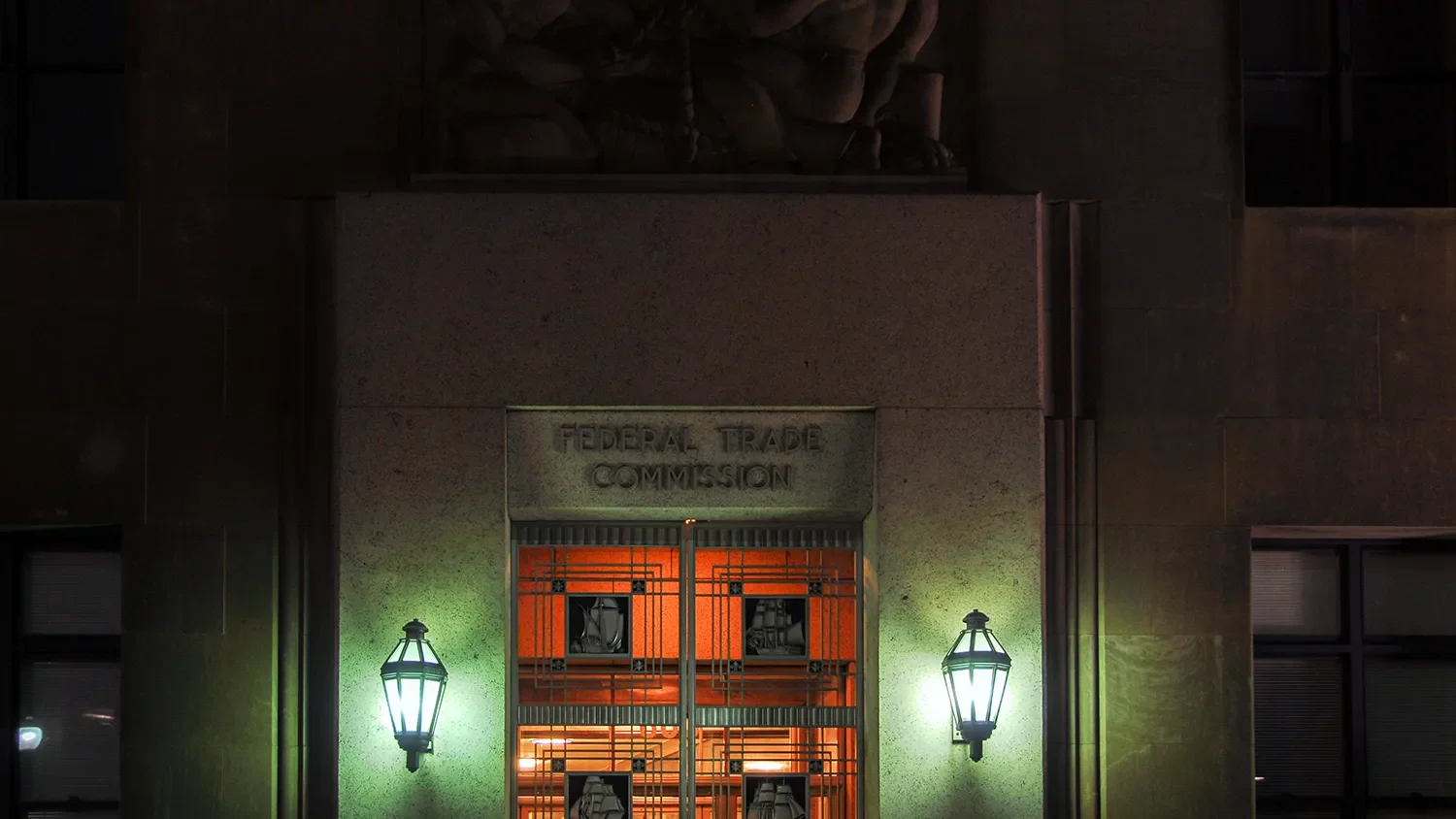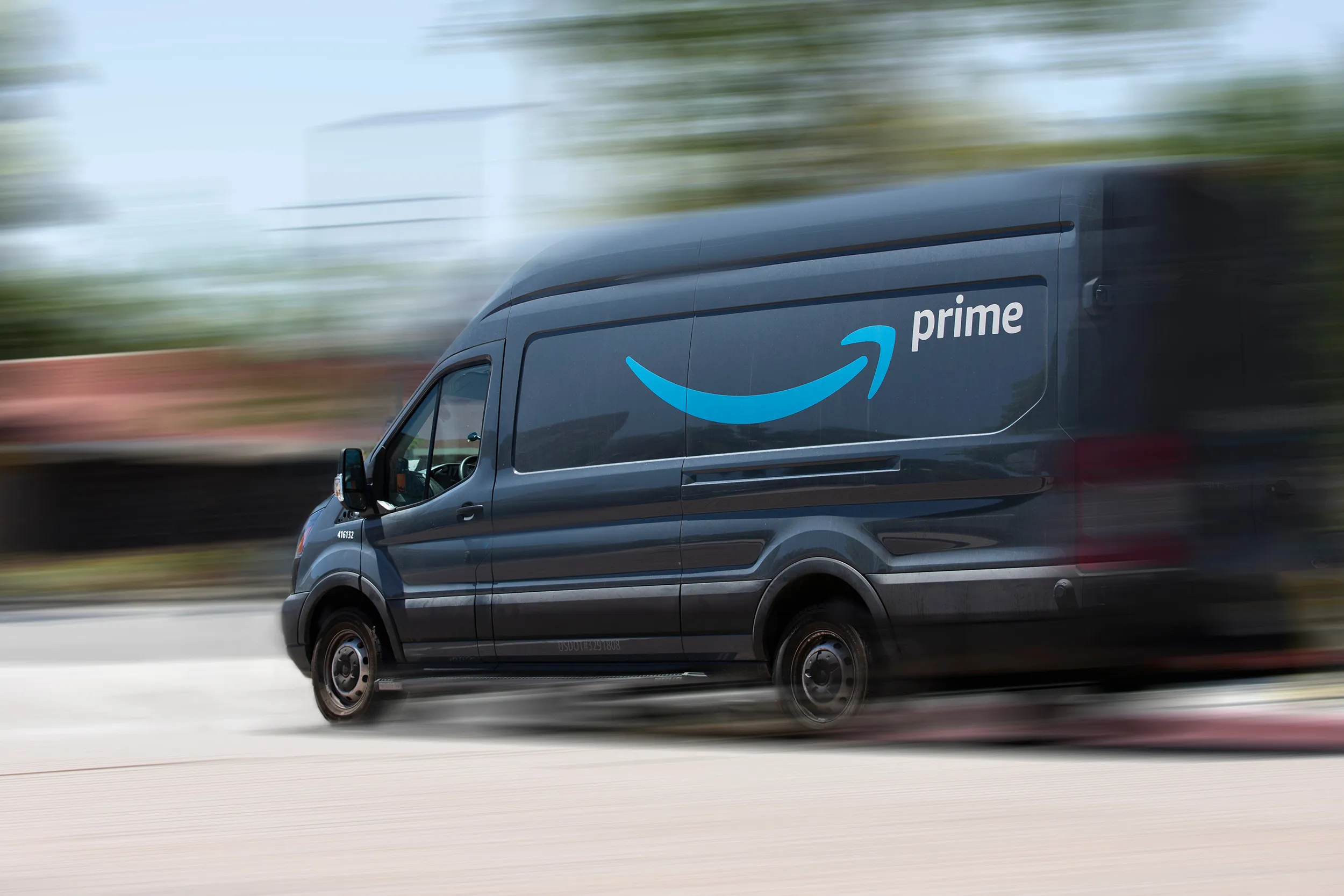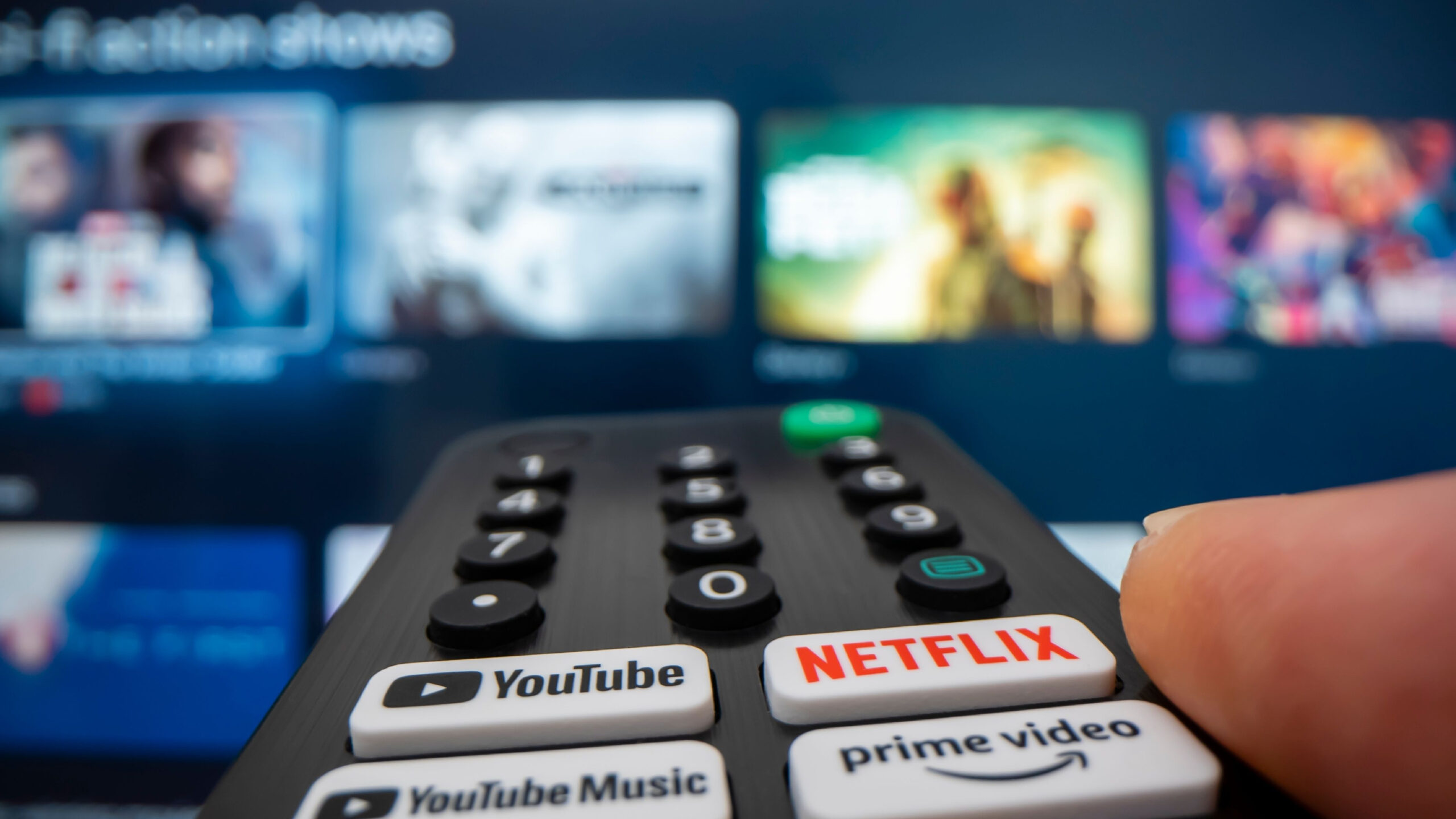Cord-Cutting Trendline Forming: Netflix Has More U.S. Subscribers Than HBO; Amazon Beta-Tests New Original Content
One point is not a line. Lots of points, well, that might just be a series of dots. It could also be a trend, especially if the dots start beating you over the head, saying “pay attention to this development.”
When Netflix reported its quarterly earnings, it announced that the company had added over 2 million U.S. subscribers in the first quarter of 2013 to total 29.17 million. To put this in perspective, HBO had 28.7 million U.S. subscribers at the end of 2012 (note: it is possible that HBO added more than half a million subscribers in the quarter, which would still keep it ahead of Netflix).
Whether HBO or Netflix holds a marginal lead in viewership is not as important as Netflix’s growth and future potential. In fact, Netflix shares surged after the earnings call for this very reason.
One can argue about the short-term significance of this, but this is just one more data point in the growing trend towards a viable video content distribution industry that potently disaggregates traditional cable operators.
Some other facts of note:
-
Xbox is already in three times as many households as the nation’s largest cable company, Comcast. With Microsoft’s aggressive push into video programming (including the hiring of a major network exec to run its own LA studio), and the rumored launch of the Xbox 720 on the horizon, the Redmond company has a full head of steam.
-
Amazon, with its own Hollywood studio division, is launching its own original content in a very Silicon Valley way. The company is releasing 14 new pilots (or should we call them beta content?) that will be available for its users to watch and rate. Amazon will choose which shows to fund based on user feedback. And these aren’t two-bit productions either, as they feature the likes of John Goodman, Bill Murray, Bebe Neuwirth, Stephen Colbert and Ed Begley Jr. to name a few of the actors. Given Amazon’s penchant for disrupting industries, I wouldn’t bet against the company making a dent in the content industry.
-
Netflix announced in the same earnings call in which it reported its subscribership increase that it is doubling down on its own original content after the successful launch of its flagship original series, House of Cards. Netflix’s competitors are following suit as well. Hulu, for one, just announced that it is producing its own original show with Eva Longoria.
Why is all this significant and why should we not listen to the big cable execs who are downplaying the significance of the cord-cutting revolution?
Cord-cutting is already happening: By the end of the year, 4.7 million Americans will have dropped their pay-TV subscriptions. That works out to 4.7 percent of cable and satellite subscribers.
Technology continues to make that cord-cutting easier: According to the Consumer Electronics Association, Internet-enabled TVs experienced a nine point increase in household penetration rates last year and now can be found in 38% of American households. Although it is not difficult to hook up an Internet connection to a modern TV, it still requires some know how and an extra device or two. As Internet-enabled TVs become the norm, not the exception, it will be that much easier for even late adopters to consider cutting the cord.
Cable is expensive (and getting exceedingly more expensive): If I subscribed to both Netflix and Hulu, I would only pay $16 a month (on top of my Internet connection). If I also included Xbox Live and Amazon Prime on top of that, I would pay a little less than $320 a year and have access to a boatload of high-quality content. If I were lucky enough to live in Kansas City and get Google’s best in class gigabit Internet connection, I would pay a little over $100 dollars a month and have one of the fastest residential Internet connections in the world (without a data cap!). That is about 60% of the cost of my (admittedly premium) cable+Internet package now. If I were to just get a basic Internet package from my current provider, Verizon FiOS, and layer on Netflix, Hulu, Xbox Live and Amazon Prime, I would pay less than $50 dollars a month for a full spectrum entertainment package sans cable. (Alas, if I weren’t an avid local sports fan I would do this, but that is an article for another day.)
Cable companies have a major customer satisfaction problem: It’s cliche, but true. Ensconced in their monopoly/oligopoly positions, cable companies are notoriously bad at customer service. As a result, they are some of the least favorably viewed companies in America. No surprise here. But, as some have pointed out, this is also leading people to cut the cord out of spite and the growing availability of high-quality content untethered from a local cable subscription is making this choice more palatable. Furthermore, without an entrenched revenue stream, new online video upstarts, like disruptive competitors who came before them, are more willing to offer low priced options to consumers (without worrying about cannibalizing their existing bloated revenue stream). This explains why Netflix is willing to offer a “family plan” that allows double the number of simultaneous streaming connections for just $4 more a month. (In fact, at $11.99 a month, the whole family plan package is less than most cable charge for an extra HD set top box.)
Online video providers have a “Big Data” advantage: One of the under reported stories that came out of the success of Netflix’s House of Cards, was how they chose to produce the show in the first place. Netflix used its comprehensive database of viewership information — which employs a large number of its own users to tag shows based a number of subcategories — to figure out that a remake of the 90s British TV show House of Cards directed by David Fincher and starring Kevin Spacey was likely to do well with its audience. Amazon is reportedly doing the same with its upstart video programming effort, and it has more than a decade of number crunching experience and access to data on customers’ non-video purchases to cross-reference against as well. Although this might spark debates about privacy and data security, one thing is certain: the direct connection online that video portals have with their users (and their considerable leg up already in terms of big data crunching experience) gives them a competitive advantage over traditional cable providers.
Even as network and cable execs go out of their way to downplay each additional data point, the trendline is hard to argue with. More high quality exclusive Internet video content + soaring cable bills + high levels of existing customer dissatisfaction + more Internet-enabled TVs = cord-cutting isn’t a prediction, it is inevitable. Unless, of course, telco and cable giants can use their lobbying prowess to convince Congress to sign off on data caps.








